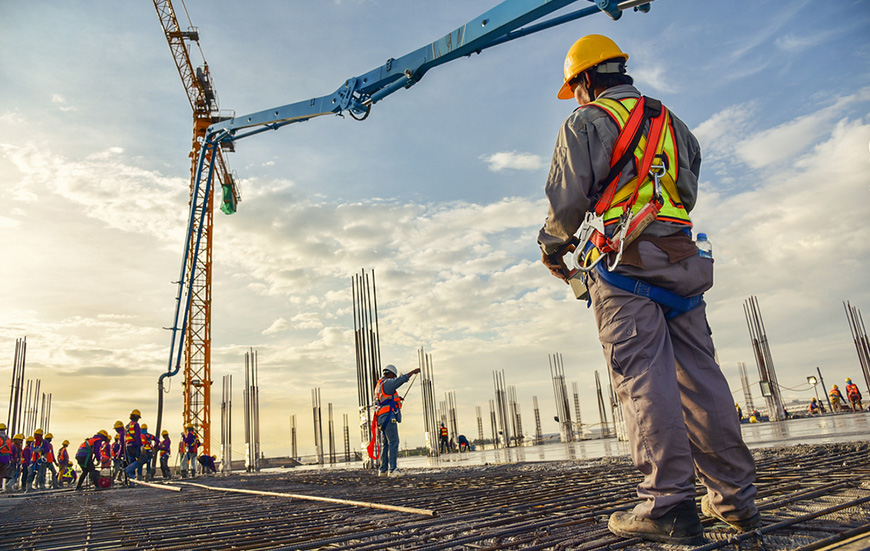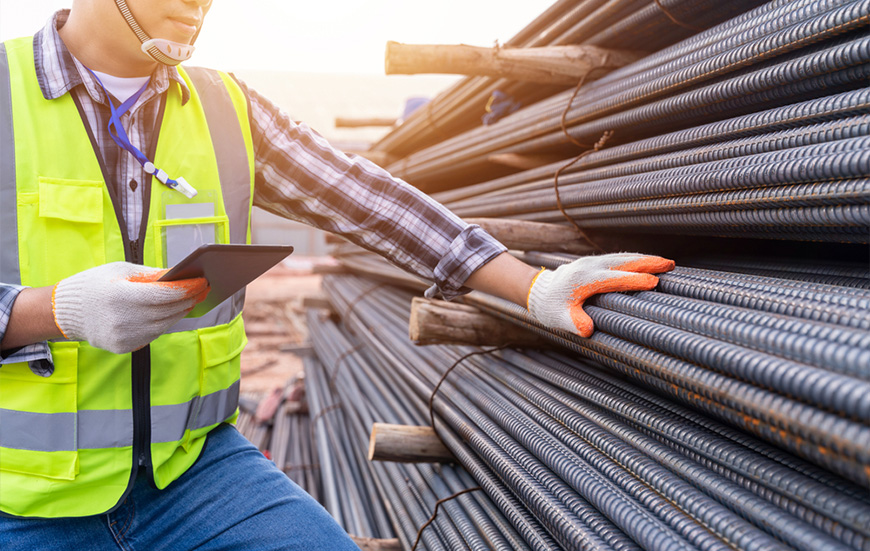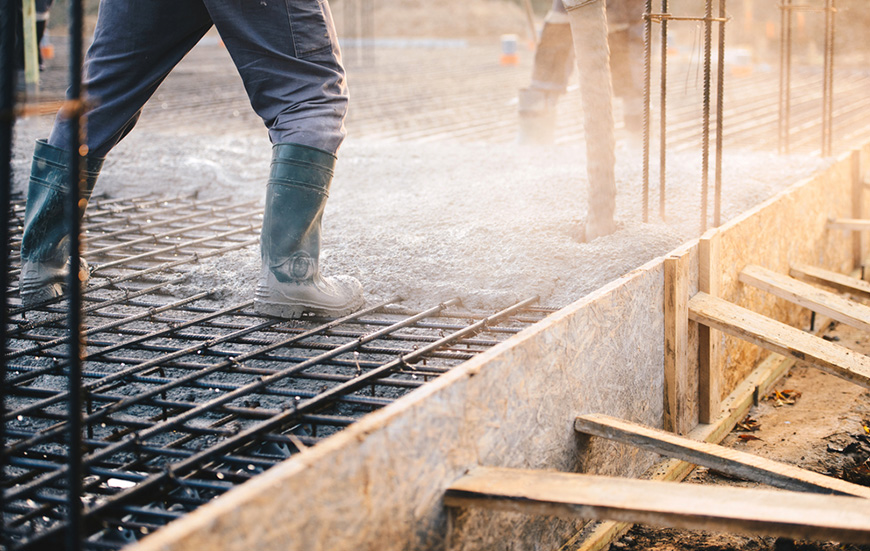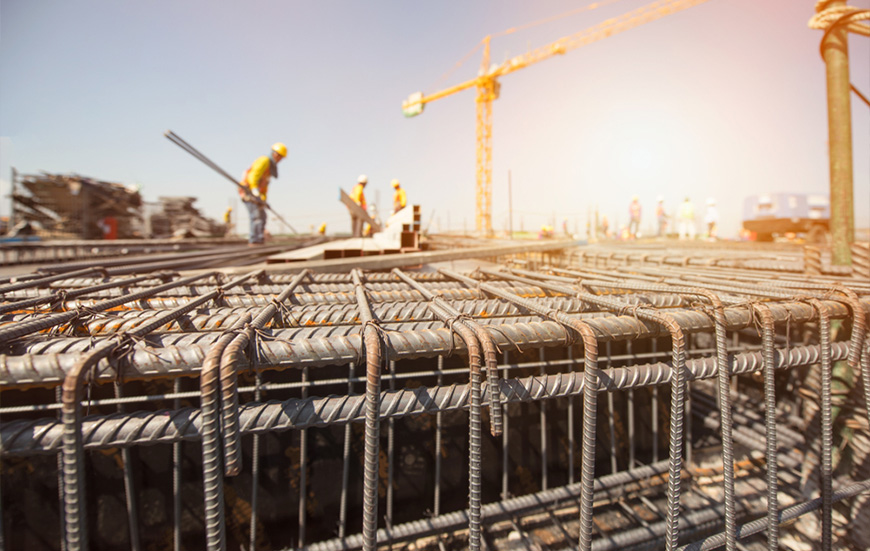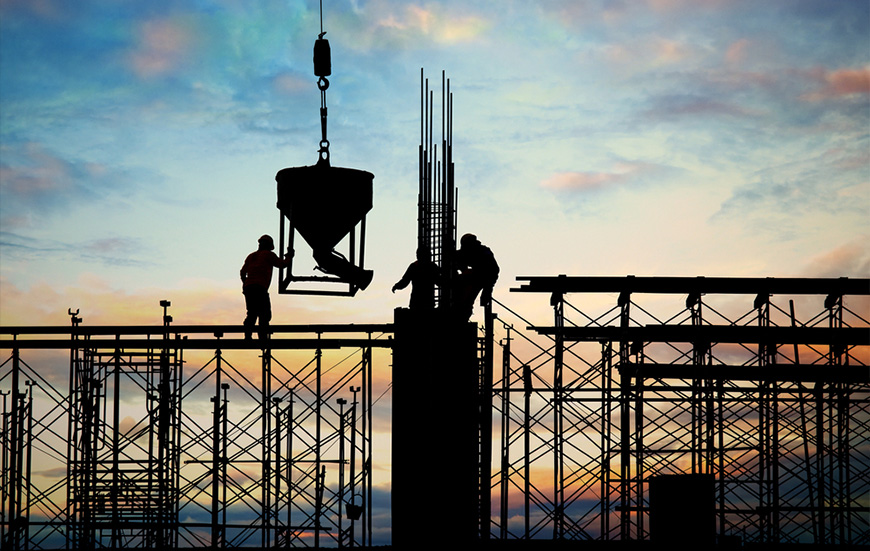Concrete and steel construction is a popular method used for constructing a wide range of
buildings and structures, including commercial, residential, and industrial buildings, bridges,
and infrastructure projects. Concrete is used for its strength, durability, and ability to
withstand natural elements, while steel is used for its strength, flexibility, and fire
resistance.
The construction process typically involves pouring concrete into molds, known as formwork, and
reinforcing it with steel bars or mesh to create a strong and durable structure. Steel beams and
columns are also commonly used in conjunction with concrete to provide additional support and
reinforcement.
Concrete and steel construction offers a range of benefits, including:
Durability:
Concrete and steel structures are highly durable and resistant to natural elements such as fire, water, and wind.
Strength:
Both concrete and steel are strong materials that can withstand heavy loads and stress. Flexibility: Steel can be easily manipulated and shaped to fit a variety of designs and configurations.
Cost-Effective:
Concrete and steel construction can be a cost-effective solution compared to other building methods, particularly for large-scale projects.
Sustainability:
The use of sustainable materials, such as recycled steel and concrete, can help to reduce the environmental impact of construction projects.
Steel Design and Building:
Steel is a strong and durable material that is commonly used in construction for its ability to withstand heavy loads and resist corrosion. It is made by combining iron and other elements, such as carbon, to create a strong alloy material. Some of the benefits of using steel in construction include its strength, durability, flexibility, and ability to be recycled.
The design and building of steel structures involve several steps, including:
-
Planning and design
This involves determining the purpose and requirements of the structure and creating a detailed plan and design for it. This may involve working with architects, engineers, and other professionals to ensure that the design meets safety, aesthetic, and functional requirements.
-
Fabrication
This involves cutting, bending, and welding steel components to create the desired structure. This may involve working with specialized tools and equipment to ensure that the steel is shaped and formed correctly.
-
Erection
Once the steel components have been fabricated, they are transported to the construction site and erected to form the final structure. This may involve the use of cranes or other heavy machinery to lift and position the steel components into place.
-
Finishing
Once the steel structure is in place, it may be finished by adding elements such as cladding, insulation, and roofing to protect it from the elements.
In addition to the above elements, there are several important considerations in concrete and steel construction, including:
- Safety: Safety is a top priority in any construction project. The construction team must adhere to strict safety protocols to ensure that the building is constructed safely and without incident.
- Quality control: Quality control is essential in building, concrete, and steel construction to ensure that the building meets the client's requirements and specifications. The construction team must have rigorous quality control processes in place to ensure that the building is constructed to the highest standards.
- Environmental considerations: Building, concrete, and steel construction can have a significant environmental impact. The construction team must take steps to minimize the impact on the environment, including using sustainable materials and practices.
